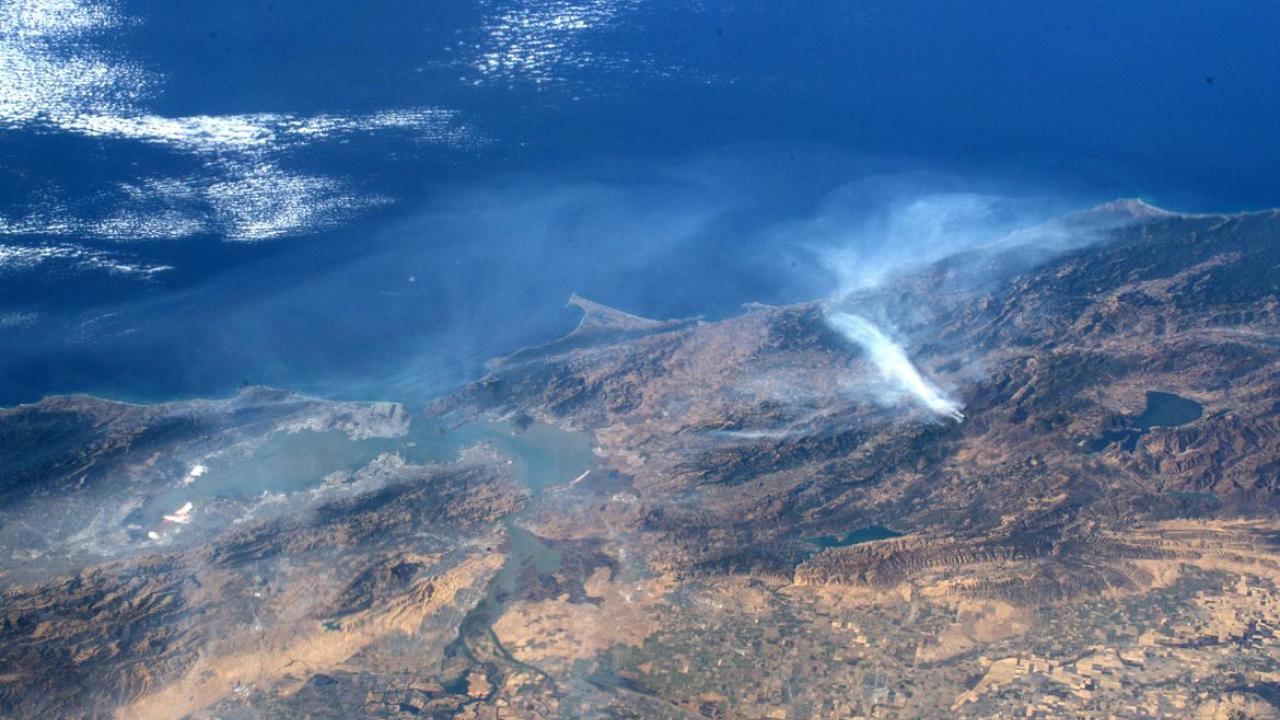A new study published by UCLA researchers suggests that the majority of increases in fire weather observed in the western United States is due to human-induced climate change. This is based on analysis of climate and fire data conducted by artificial intelligence to estimate the vapor pressure deficit (VPD), the primary climate variable tied to wildfire risk.
The VPD is a measure of how much moisture the air can draw out of soil and plants, with a higher value being associated with warm, dry weather. These high VPD values are more likely to be observed in large wildfire-burned areas, especially those not near urbanized regions. In this study, researchers found that 68% of increased VPD are likely due to anthropogenic climate change, with the remaining 32% being associated with naturally occurring changes in weather patterns. These findings led to conclusions that human-induced climate change is the primary cause of increased fire weather in the western United States.
Rong Fu, professor and vice chair with UCLA Atmospheric and Oceanic Sciences, is a co-author of the study. She shares that the situation will likely only worsen with time. “I am afraid that the record fire seasons in recent years are only the beginning of what will come, due to climate change, and our society is not prepared for the rapid increase of weather contributing to wildfires in the American West.”
Learn more at UCLA Newsroom.
Study Authors
Yizhou Zhuang, UCLA Atmospheric and Oceanic Sciences
Rong Fu, UCLA Atmospheric and Oceanic Sciences
Alex Hall, UCLA Atmospheric and Oceanic Sciences
Robert Dickinson, UCLA Atmospheric and Oceanic Sciences
Benjamin Santer, Lawrence Livermore National Library
Image Source: NASA





